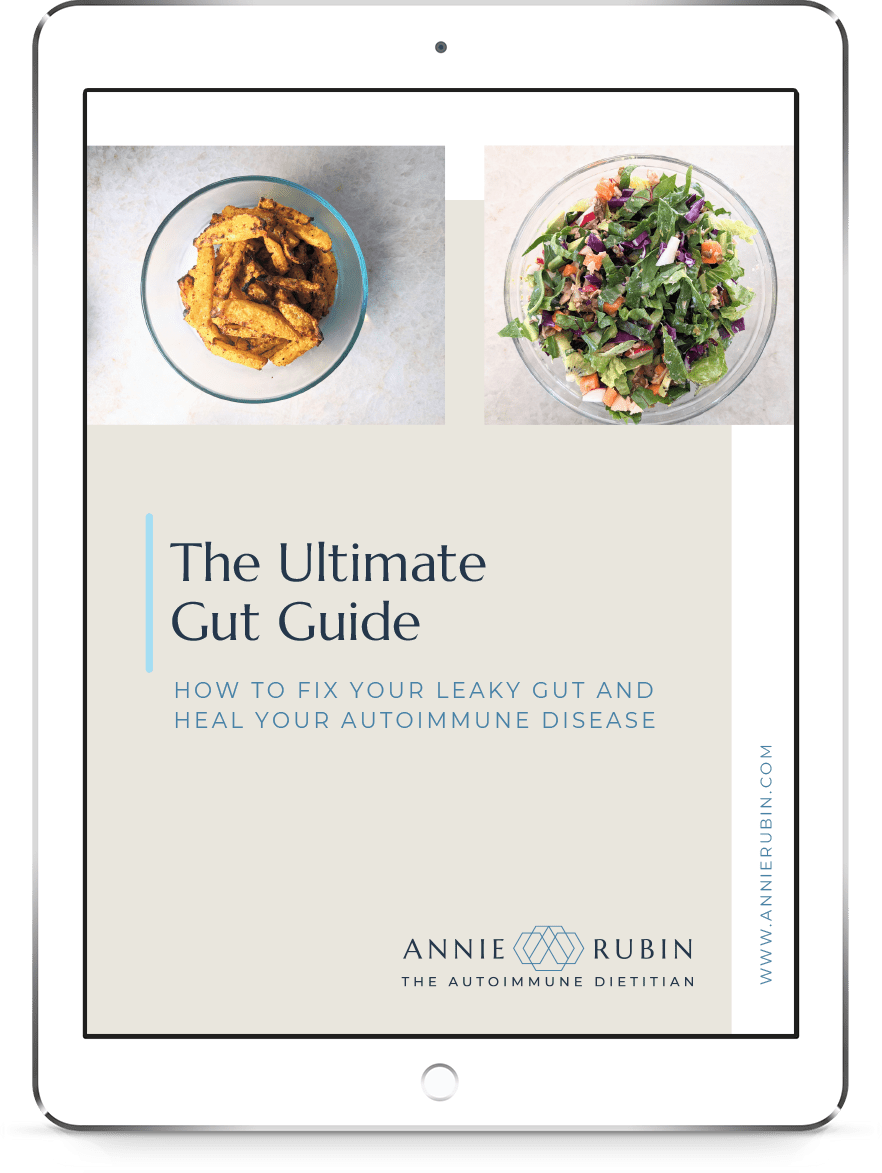 There are many common symptoms that come with autoimmune diseases. Believe it or not, one of them is joint pain. This pain doesn’t only come with rheumatic diseases like rheumatoid arthritis and psoriatic arthritis. Many other autoimmune diseases can manifest as joint pain. We will discuss why this happens and what you can do to alleviate this pain.
There are many common symptoms that come with autoimmune diseases. Believe it or not, one of them is joint pain. This pain doesn’t only come with rheumatic diseases like rheumatoid arthritis and psoriatic arthritis. Many other autoimmune diseases can manifest as joint pain. We will discuss why this happens and what you can do to alleviate this pain.
What is Joint Pain & Why Does it Happen?
Joint pain is when there is stiffness, swelling, discomfort and/or pain in your joints. Joints are where 2 or more bones meet, allowing your body parts to move. When this type of pain is present, it makes this movement difficult. There are a number of different reasons why joint pain happens. With autoimmune diseases, it is likely due to either tissue damage around the joint, as with the case of rheumatoid arthritis, or systemic inflammation. Some autoimmune diseases indirectly affect joints. For instance, joint pain from Hashimoto’s disease is caused by thyroid hormones and its effect on bones and cartilage.
What are Conventional Treatments?
Joint pain is typically treated with anti-inflammatory medications like non-steroidal anti-inflammatory drugs (NSAIDs) like advil or aleve. Tylenol can also help with pain management. There are also topical creams and patches that contain anti-inflammatory medications that may relieve pain as well.
Injections may be needed If those over the counter options aren’t enough. Corticosteroid or hyaluronic acid injections are both viable options that help lower inflammation in the affected joints.
Physical therapy may also be helpful in improving mobility and pain management.
What are Alternative Treatments?
Besides the conventional treatments, there are many alternative therapies to consider for joint pain. Here are a few of the ones that I have personally found helpful:
Hot and cold therapy
There’s a lot of debate about which is better, hot or cold, for joints. I find that both are helpful in their own ways. Heat is especially great for ongoing, chronic inflammation and pain. It can also help loosen up stiff joints. Cold is good for acute pain and inflammation. Swelling reacts well to cold therapy too. You can also incorporate hot and cold therapies by using saunas and cold plunges.
Nerve glides
One of my physical therapists introduced me to nerve glides (also known as nerve flossing), and they have been extremely helpful in managing my low grade pain. Nerve glides are gentle movements that improve nerve mobility, which reduce pressure and tension that can lead to joint pain. It’s best to work with a professional to find the exercises that address your pain. There are also a handful of youtube videos with more information on these.
CBD
Cannabidiol (or CBD) therapy may be helpful for joint pain. Although the research is mixed, CBD has anti-inflammatory properties that may help lower inflammation. Additionally, topical CBD creams can be effective for targeted pain support.
Acupuncture
Acupuncture is another therapy that has mixed results, but can be very beneficial for some people. I’ve been doing acupuncture for years and I find it to be insanely helpful for joint pain management. Full disclosure, the needles can be uncomfortable when they are placed in small joints like hands and feet.
Compression sleeves and gloves
Compression devices help boost circulation and blood flow to affected areas while lowering swelling and inflammation. I use compression gloves at night and they really help with my pain and swelling.
TENS
TENS units (transcutaneous electrical nerve stimulation) send electrical currents through the skin to help block pain signals. These currents also stimulate the release of endorphins, which are your body’s natural pain killers, to help lower perceived pain. I’ve been using TENS units for years for joint and muscle pain. I even used it during labor!
Supplements
Supplements are extremely helpful for inflammation and pain. Omega 3 fatty acids have been widely studied for their anti-inflammatory properties and ability to improve joint pain and stiffness. I also love SPMs for acute pain, which are fractionated fish oils. Curcumin and Boswelia are also options for pain and inflammation management.
What About Diet?
I couldn’t close out this discussion without mentioning diet! Diet plays a pretty crucial role in managing both pain and inflammation. A good anti-inflammatory diet is a great place to start. I always find that sugar, alcohol and processed foods really exacerbate inflammation and joint pain.
While joint pain is literally a pain to deal with, there are plenty of options to better manage it. If you would like more help managing your own pain, please contact me for support. Additionally, follow me on my socials (Instagram, Facebook and YouTube) for more tips for incorporating diet and lifestyle into your autoimmune disease healing plan.


